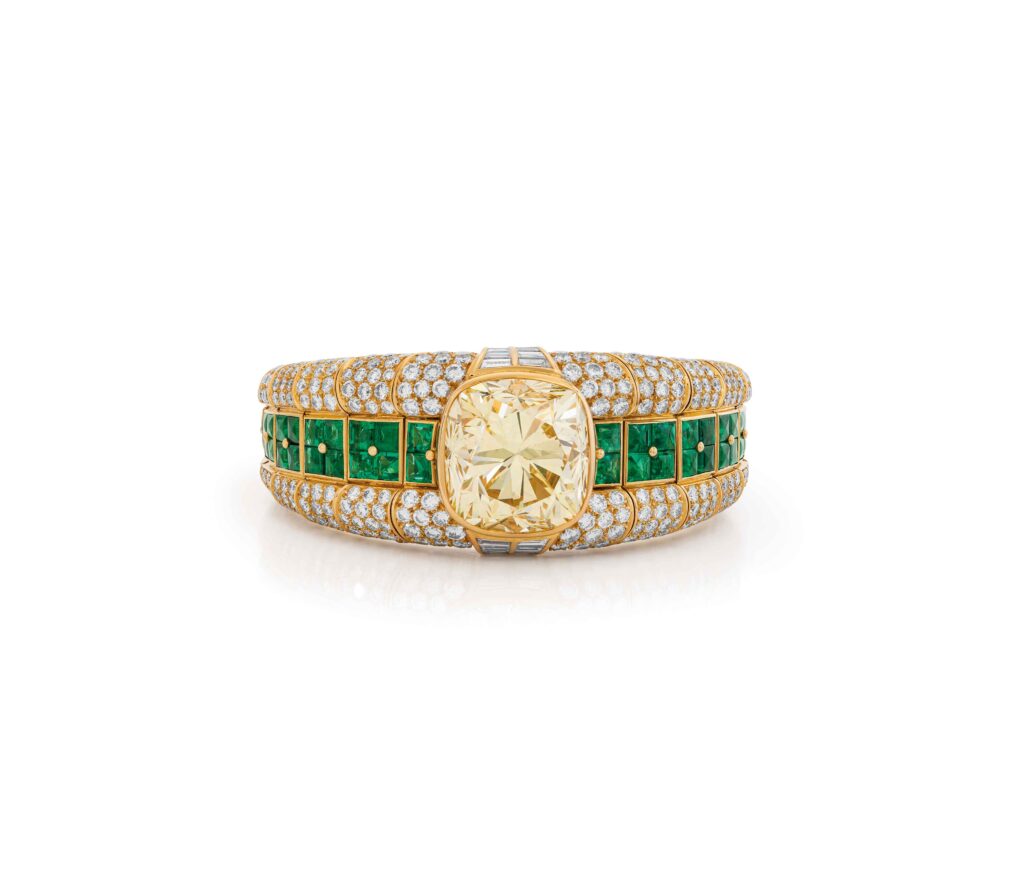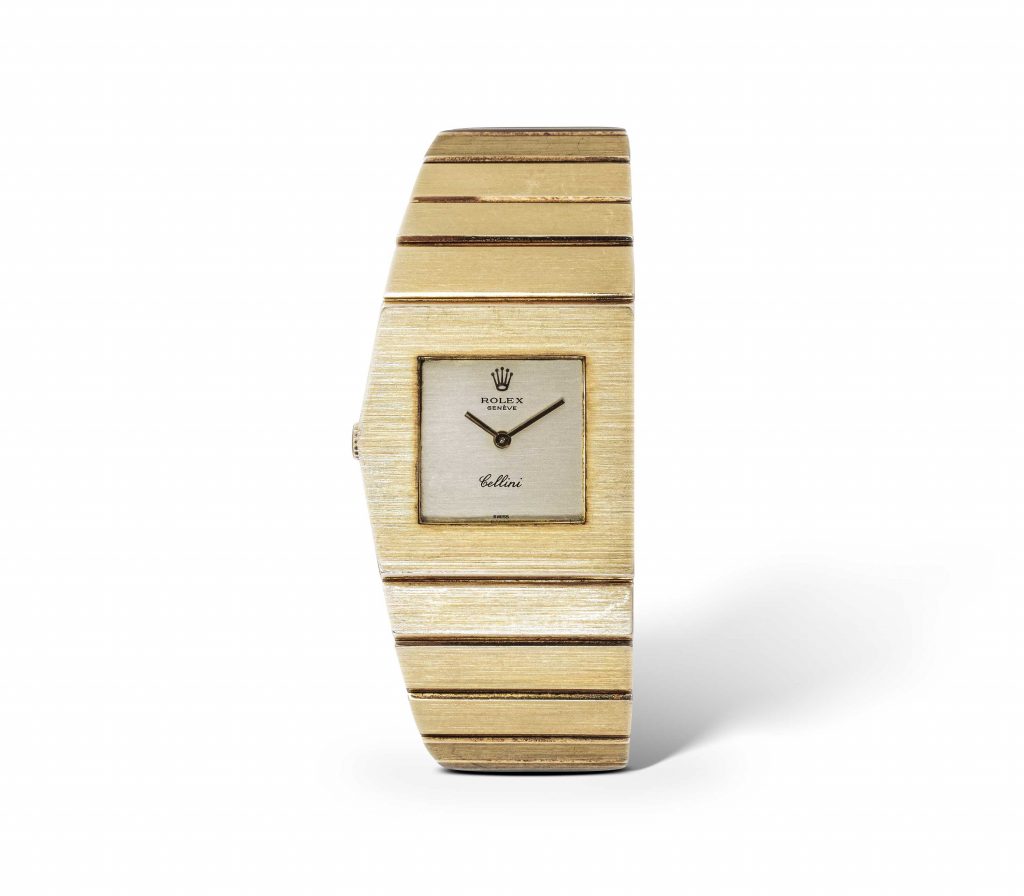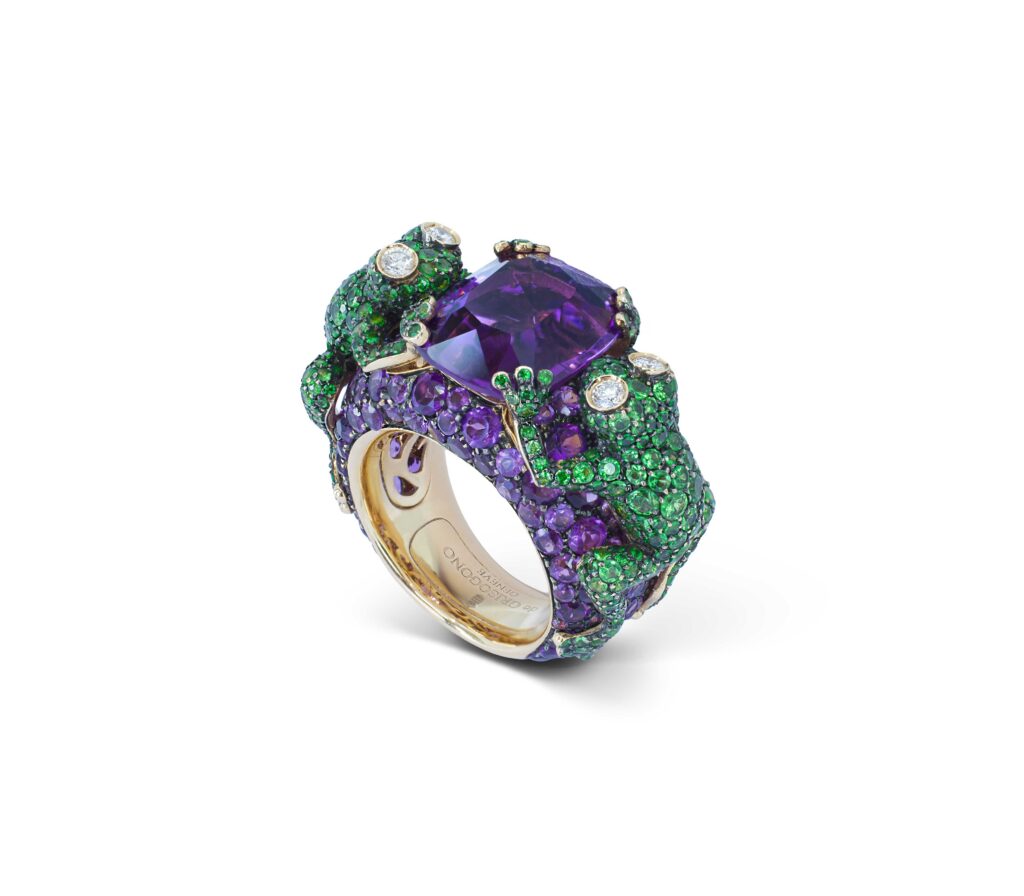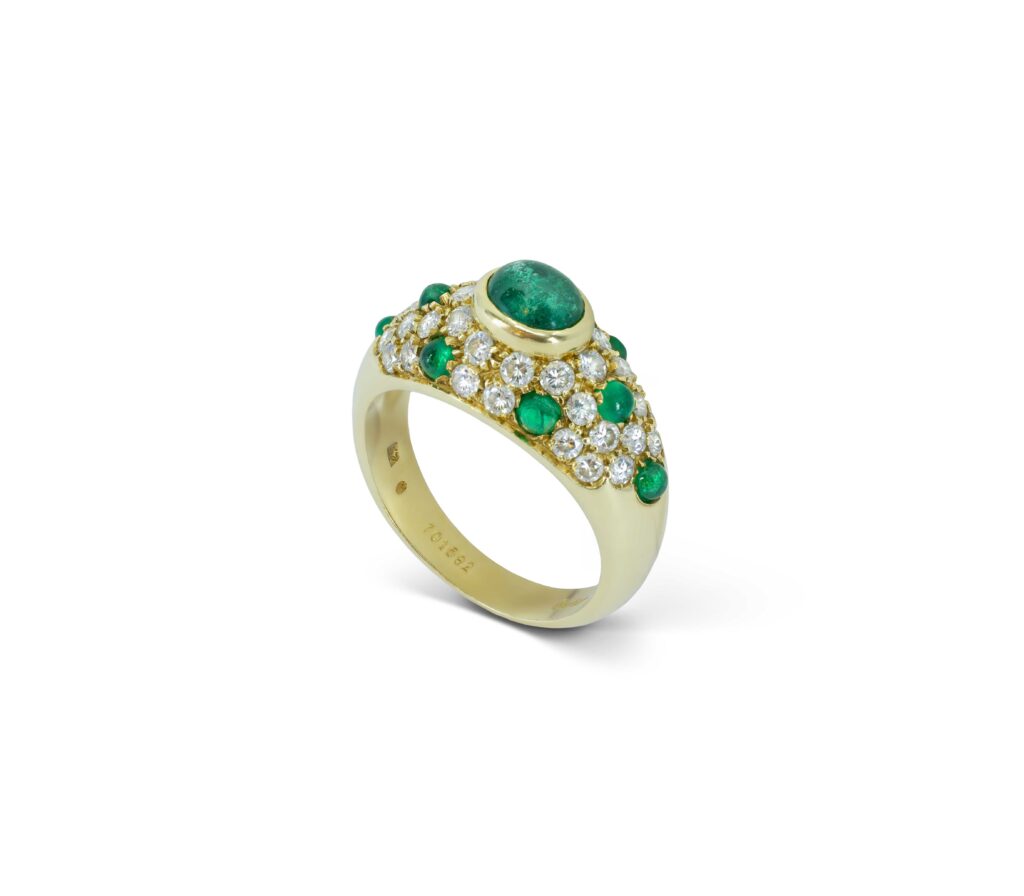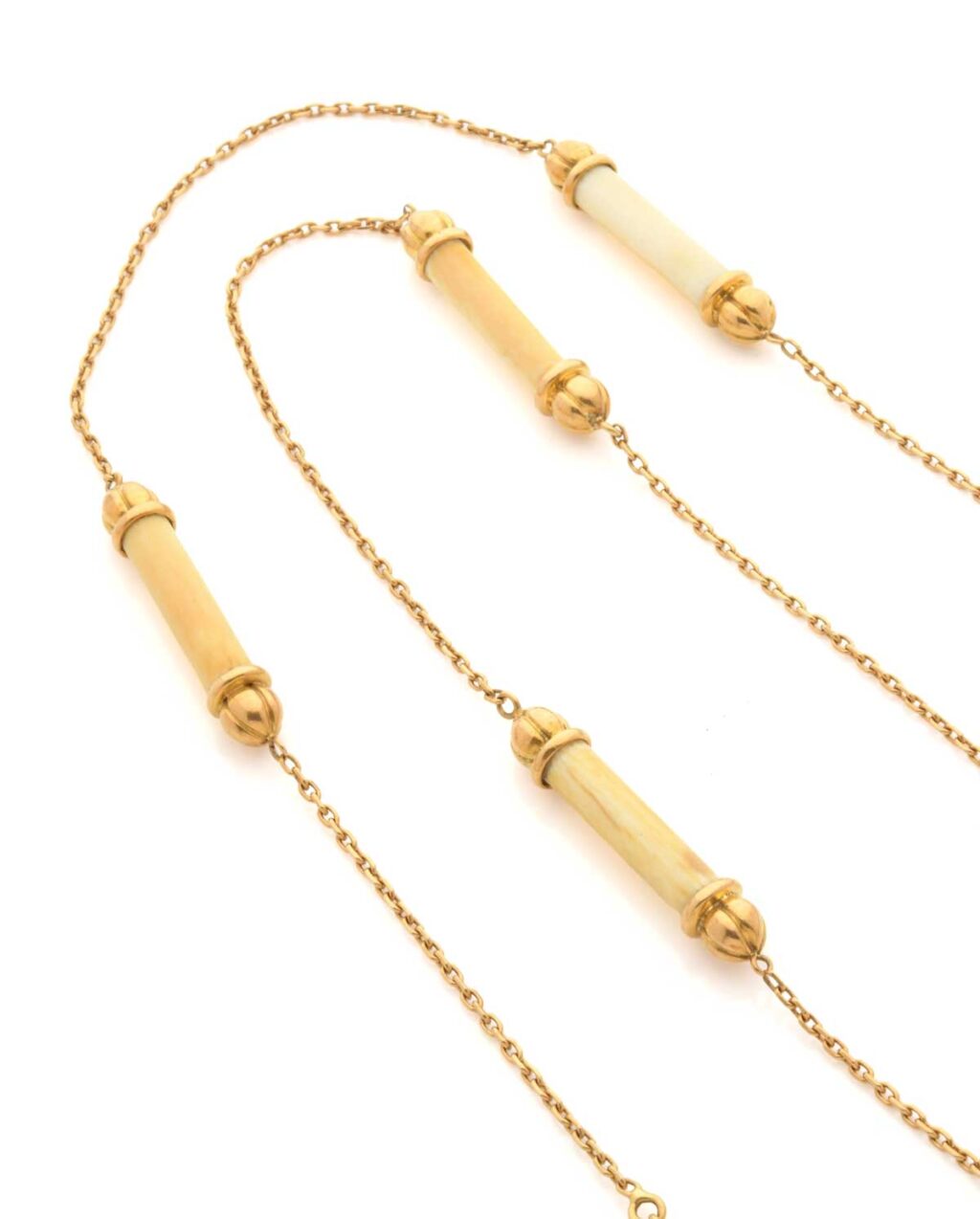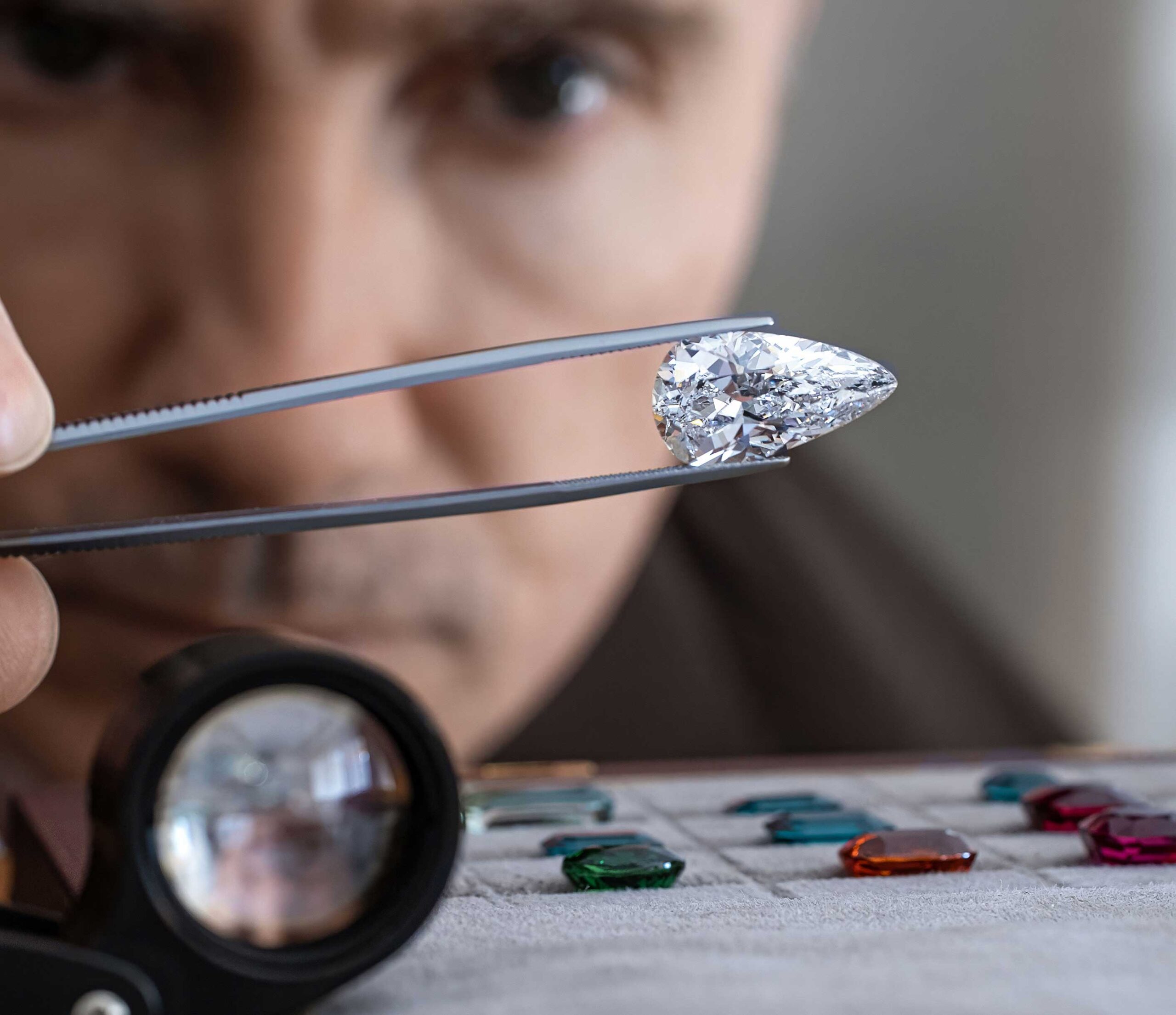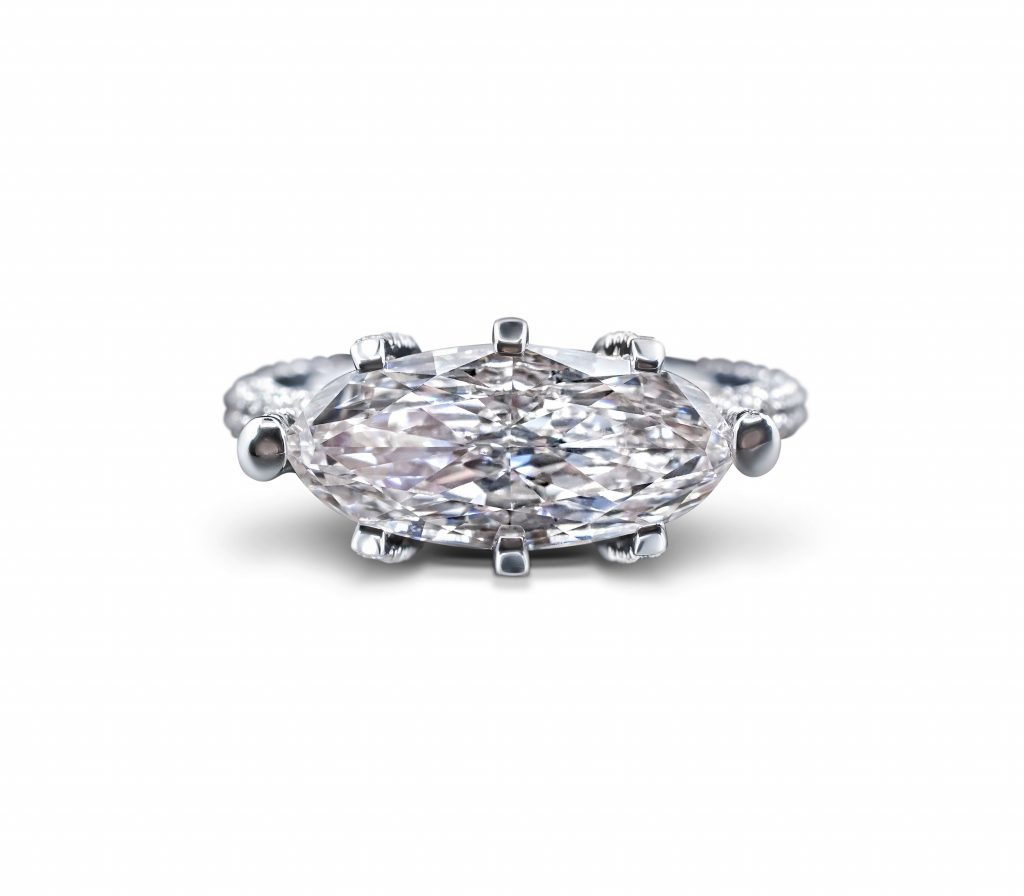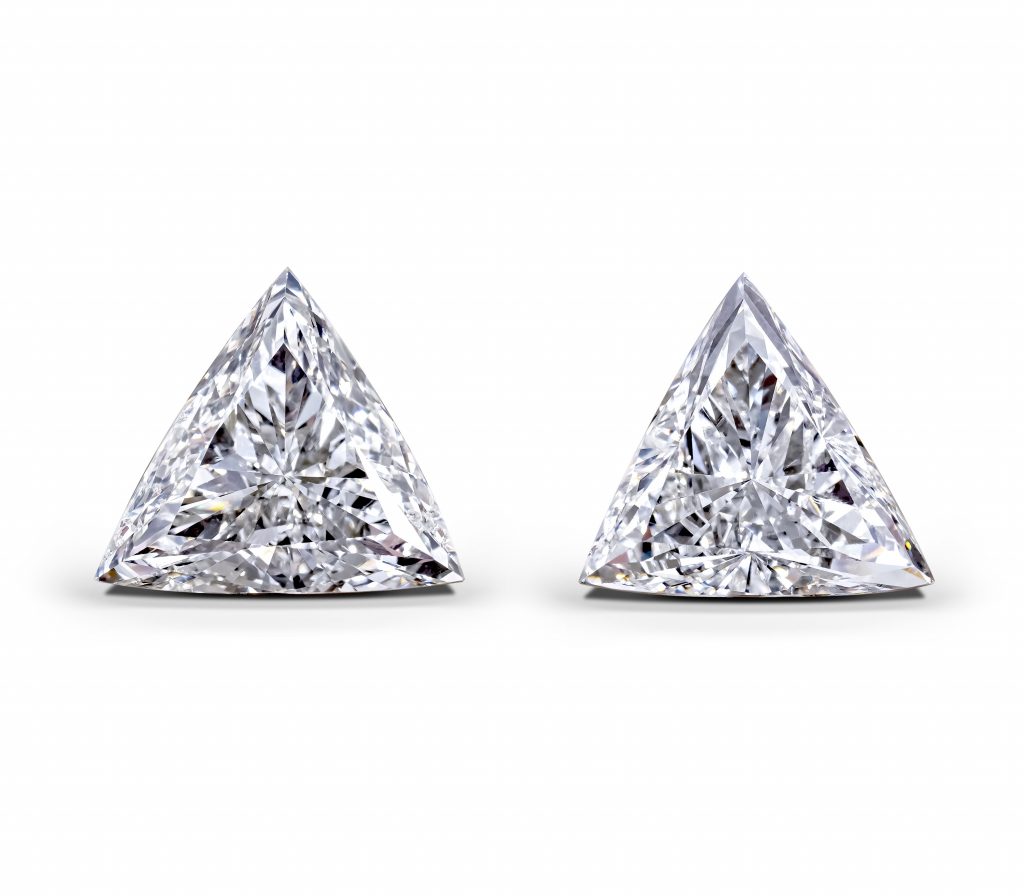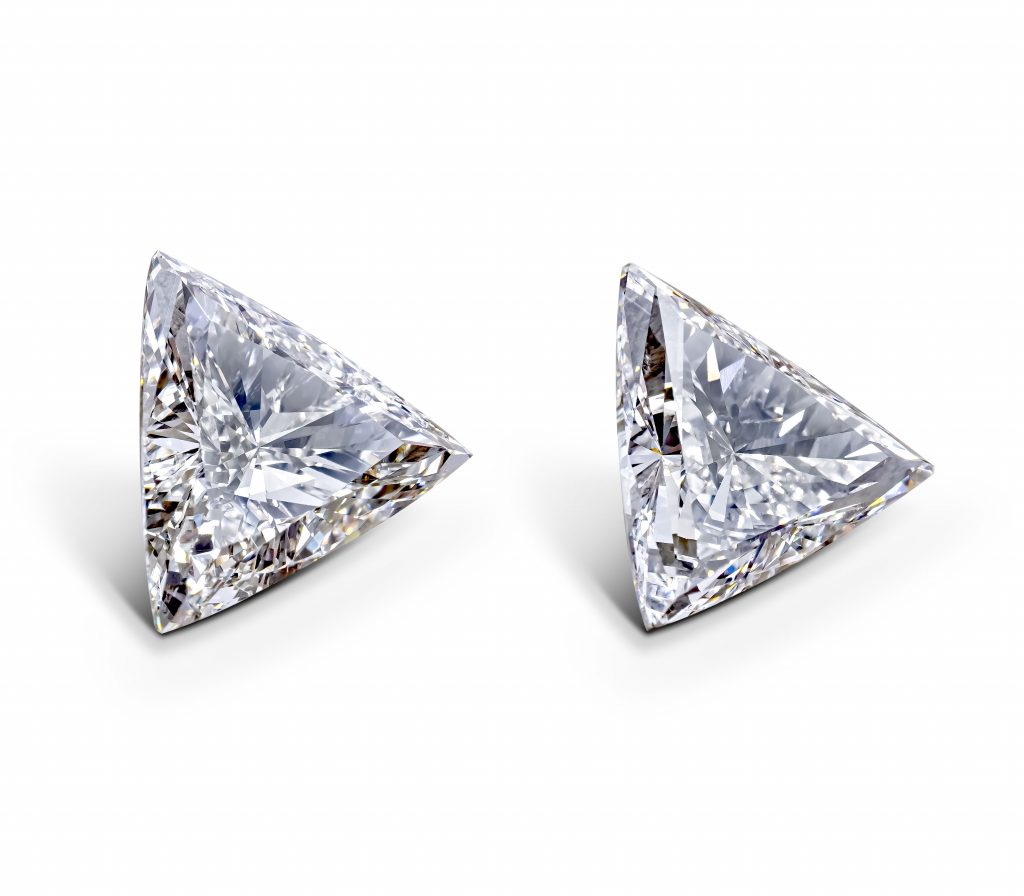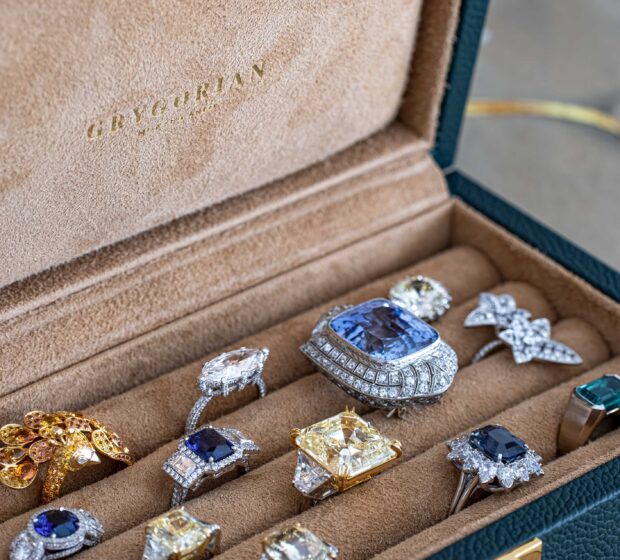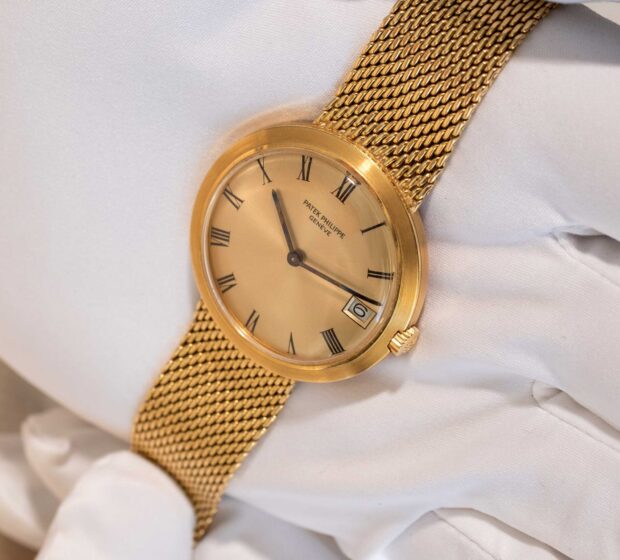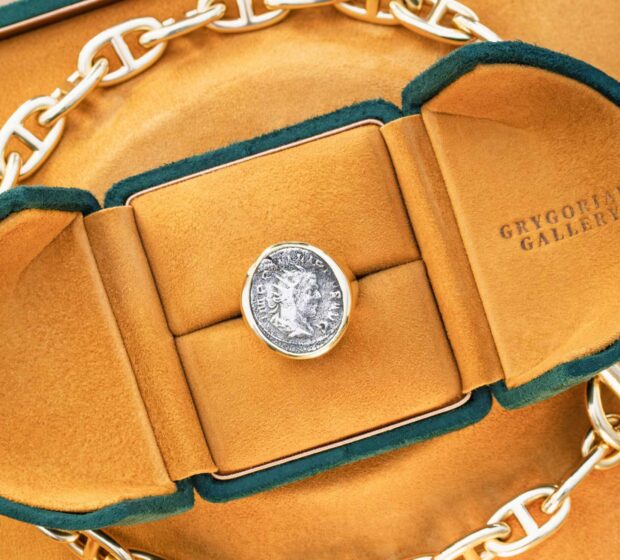Time carves its signature on everything it touches, whether marble temple or humble river pebble. Yet among nature’s most enigmatic legacies, no canvas holds a narrative quite like a rare diamond, or any precious gemstone for that matter. These stones, so coveted, are more than elemental creations. They are silent witnesses – spectators to royal ascents, messengers of affection requiring no translation, and timeless pieces of jewellery cherished through generations. Diamonds whisper to those who listen: of frozen epochs, fortunes built and lost, lives intertwined through inheritance and desire.
To speak of rare diamonds is to speak with reverence. Their essence cannot be defined solely by carat weight or brilliance; their gravity is shaped by cultural importance, their histories as layered as the strata from which they emerge. Their value is not a fleeting trend but a testament to human longing for permanence, beauty, and connection across generations. For Grygorian Gallery and connoisseurs alike, each rare diamond is not just a spectacle, but an investment in a vessel of memory, artistry, and transformation.
Let us drift through the riverbeds of history, tracing the course of rare diamonds: why they are prized beyond fleeting fashions, what sustains their appeal over time, and how those with vision and heart seek out treasures not yet revealed to the world.
The Enduring Fascination with Rare Diamonds
Rare diamonds have played a starring role through centuries of art and governance. Whether worn by Mughal emperors, secreted in the regalia of European monarchs, or present in the studios of Parisian avant-garde, their presence is always one of authority and discretion. Scarcity has always bred fascination; yet rarity alone cannot explain the fervor surrounding certain stones.
A rare diamond is an object of paradox: at once a remnant of deep time and an artifact with a future. Its story carries a dual charge, earthly origins fused with the aspirations of those who discover, shape, and wear it. Rare diamonds resonate with anyone who seeks the extraordinary woven into the very grain of their legacy.
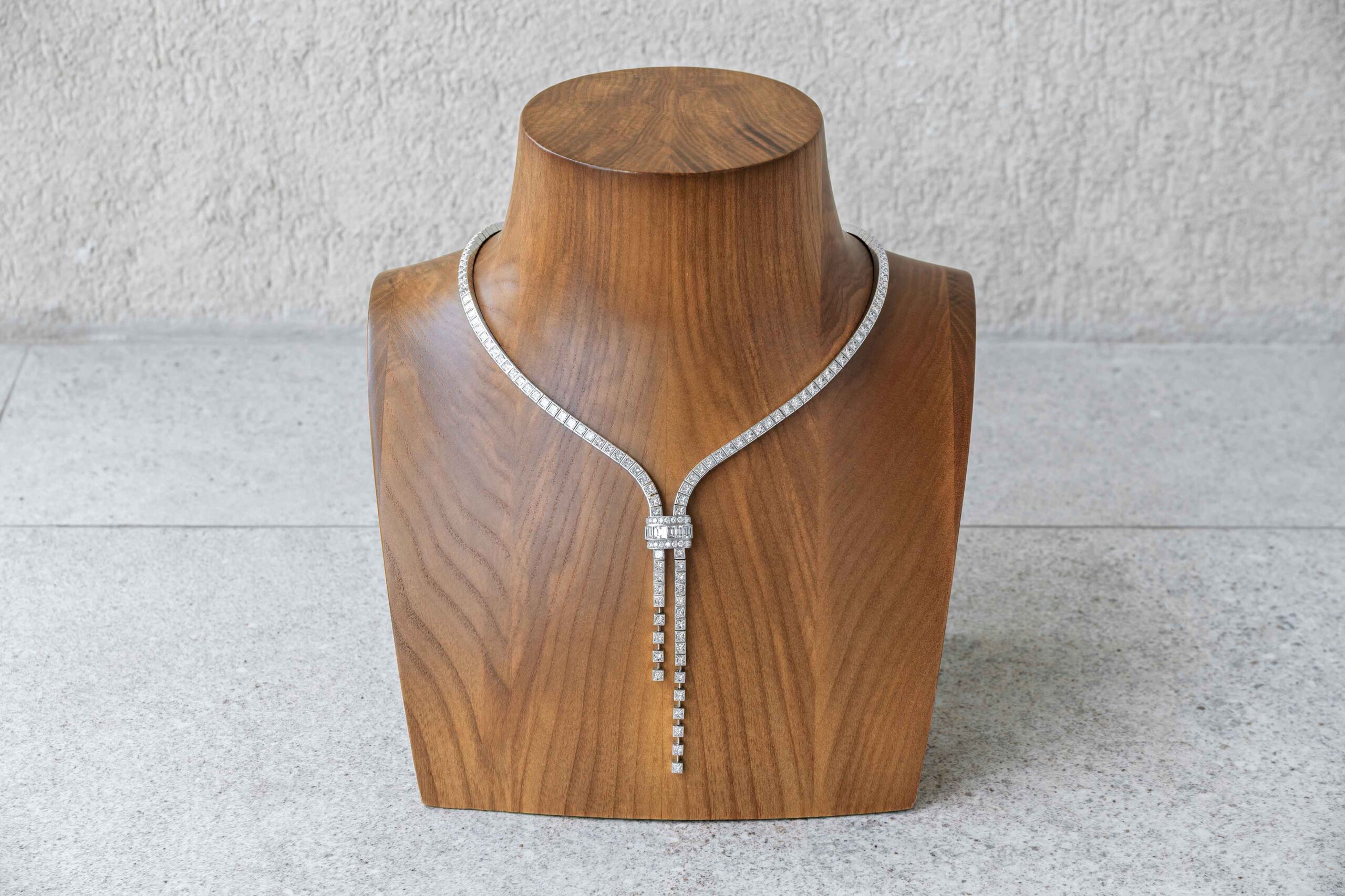
Cultural significance for diamonds can be traced across continents and ages. Ancient Sanskrit texts reference gems of Vajra, meaning both “diamond” and “thunderbolt”, symbols of invincible resolve. In medieval Europe, diamonds signified protection and were worn by nobles in battle. Over centuries, their symbolism evolved: coronations, proposals, milestones, and commemorations found their ultimate expression in the rare diamond.
What gives substance to this fascination? In part, the singularity of each stone. Rarity is not merely about quantity, but about provenance and the stories that connect a gem to a specific mine, culture, or epoch. To collectors and gallerists, no two rare diamonds are the same; a nuance in hue, an unusual inclusion, or a link to a historic figure can transform a stone from beautiful to irreplaceable.
The Factors Propelling Value: Rarity’s Premium
What sustains the allure, and often the value, of rare diamonds in a way that many other tangible assets cannot? Long-term trends for exceptional natural diamonds show resilience, yet, like all markets, this sphere has its cycles. Periods of extraordinary demand may be followed by quieter phases, but over time, the most important stones continue to stand apart, treasured for both their material and cultural significance.
The Geological Odds
The formation of a diamond is itself improbable. The odds of a stone forming, surviving its journey to the earth’s crust, and being uncovered in near-perfect state are vanishingly small. For every carat of rough diamond found, tons of earth must be sifted, often yielding only fragments. Rarer still are those with exceptional saturation, flawless clarity, or remarkable size.
Among rare diamonds, the classic “Four Cs”: carat, color, clarity, and cut, are inseparable from provenance, historical significance, and emotional resonance:
- Carat: While large diamonds pull attention, true rarity often lies in unexpected territories: a natural fancy color, or an uncommonly flawless stone of moderate weight.
- Color: Blue, pink, green, and red diamonds—hues imparted by elemental impurities and geological quirks—command extraordinary premiums.
- Clarity: A perfect clarity in a large colored diamond is an anomaly, accentuating its allure tremendously.
- Cut: Not merely a technical execution, but a translator of the rough stone’s inner fire—a rare stone demands mastery to reveal its nature without compromise.
The interplay of these factors means that each rare diamond exists as a singularity: it is impossible to replicate. No matter how advanced laboratory processes become, the magic of nature and centuries-long waiting cannot be condensed overnight.
Natural vs. Laboratory-Grown Diamonds
While this perspective applies to natural rare diamonds, the market for laboratory-grown diamonds behaves differently. Lab-created stones, though chemically similar, do not share the geological journey, provenance, or cultural significance of a natural gem. Advances in technology and increased production have made them more affordable, but they do not follow the same long-term value patterns as exceptional natural stones.
At Grygorian Gallery, our focus remains solely on rare natural diamonds,stones that embody history, heritage, and artistry. Their worth lies not only in brilliance, but in their role as vessels of memory and legacy, qualities that no laboratory can replicate.
Global Shifts in Demand
The value of certain rare diamonds is also shaped by evolving global interest. Collectors from the Middle East, East Asia, and emerging economies have become influential market participants. Their motivations often extend beyond investment, rooted instead in legacy, family heritage, and identity. At times, this enthusiasm drives remarkable auction results; at others, broader economic climates may temper bidding activity. Such cycles are natural, but the allure of truly exceptional stones transcends temporary shifts.
Rarity Beyond Economics
While auction headlines capture attention, the deeper value of rare diamonds lies in their capacity to connect eras, cultures, and personal histories. To acquire such a stone is to accept a form of custodianship, guarding not just value, but meaning.
Rare diamonds offer:
-
Continuity: Their fire remains undimmed over centuries, regardless of setting or era.
-
Identity: They reflect not just taste, but the values and vision of their owner.
-
Anticipation: The discovery of a new rare stone ignites curiosity, what forgotten chapter of history will it reveal?
Within elite circles, the exchange of such stones often occurs in private salons, far from public view. Each transaction is a discreet dialogue between past and present.
The Search: Art and Science of Discovery
Finding a rare diamond, especially one unknown to the market, blends expertise, research, and intuition. For Grygorian Gallery, discovery is an act of stewardship, not simply acquisition. It may begin in remote African riverbeds, historic Indian trading posts, or long-forgotten estate vaults in Paris or Geneva.
Primary diamond mines are both geological laboratories and storied landscapes. Here, geologists and specialists work together, combining advanced mapping with an eye for rare anomalies. Occasionally, a breathtaking stone emerges unexpectedly from an otherwise modest parcel, a once-in-a-lifetime occurrence.
Auctions can serve as stages for such gems, where competition is as much about prestige as possession. Yet private networks, patiently built over decades, remain the premier pathways for acquiring world-class stones.
Unearthing from the Source
Primary diamond mines are both scientific laboratories and fabled landscapes. The tricks of color and clarity originate here, in volcanic pipes or ancient riverbeds where kimberlite or lamproite has ferried rough stones over the ages.
Geologists and specialists often work hand-in-hand, employing advanced imaging and mapping systems to interpret subtle signals beneath the earth’s skin. Still, luck and timing play their parts. Occasionally, a stone of breathtaking quality emerges in a parcel of otherwise unremarkable material—a freak occurrence of nature.
The Role of Auctions and Private Networks
The world’s great auction houses serve as theaters for rare stones, where competition is as much about prestige as possession. Celebrities, royals, and discreet new-money families place their bids alongside global gallery representatives. Yet, not all discoveries happen in the glare of Sotheby’s or Christie’s spotlights.
Private networks, cultivated over decades by galleries such as Grygorian, remain the premier corridors for finding truly exceptional diamonds. Estate sales, family legacies, and privately held gems—sometimes sleeping for generations—can surface in these circles. Here, discerning dealers often identify undervalued or forgotten stones that, upon careful study, reveal themselves as world-class rarities.
Re-Cutting and Re-Evaluating Heritage Stones
Occasionally, a rare diamond’s true splendor only emerges after new cutting or being certified. Old cuts: antique, rose, cushion, can mask the potential vivid color or internal clarity of the rough. Master cutters, working in dialogue with historians and gemologists, sometimes choose to reimagine a stone, revealing a new dimension of rarity.
This work is fraught with risk; one wrong facet, and generations of history could be lost. Yet, when successful, these interventions return a “sleeping” diamond to relevance, often propelling its value and cultural cachet.
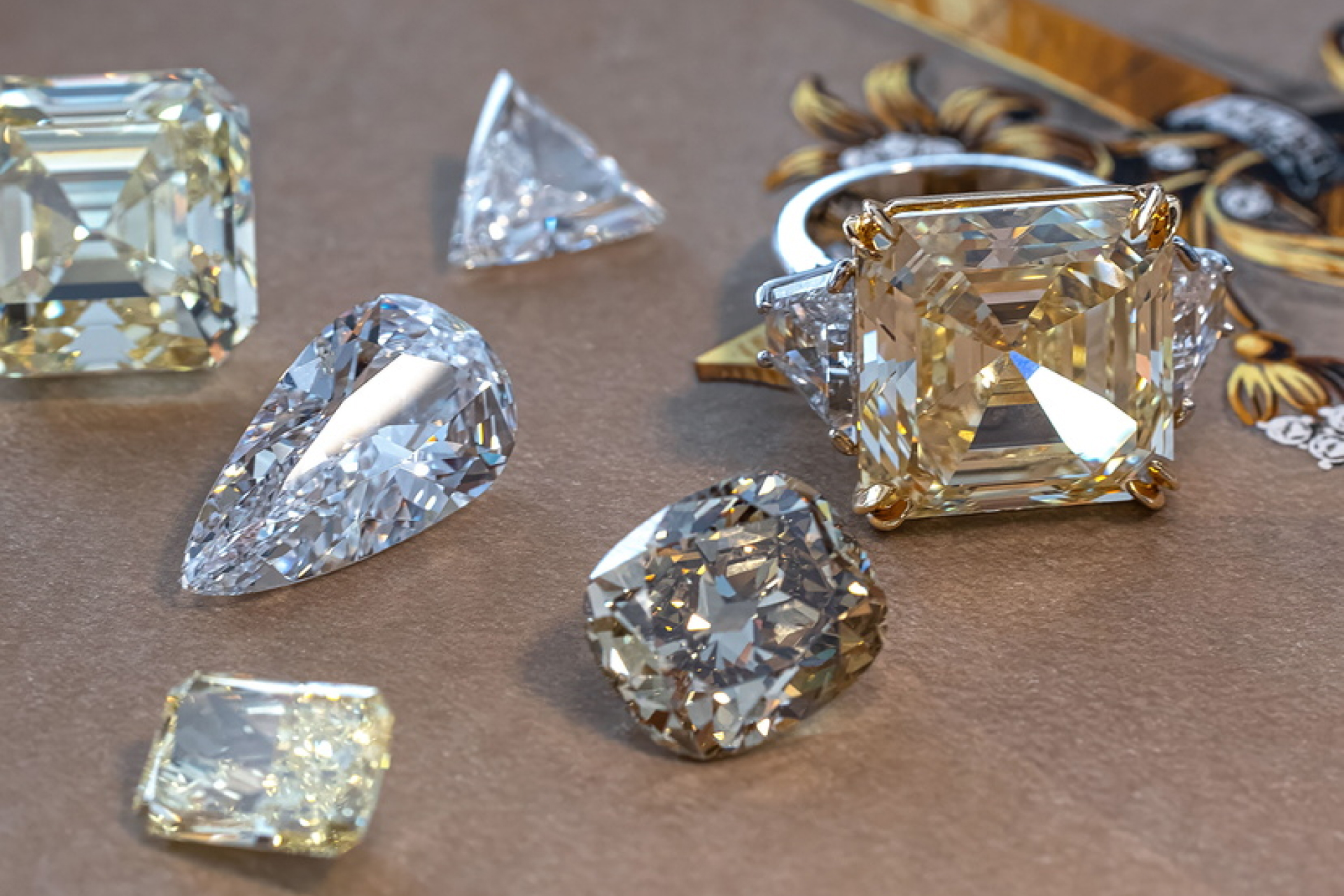
Grygorian Gallery’s Distinct Philosophy
Rooted in the traditions of European connoisseurship, Grygorian Gallery pairs academic rigor with personal relationships. Every rare diamond passes through a gauntlet of scholarship, provenance research, and gemological certification before presentation.
For collectors, the gallery offers not only acquisitions, but an enduring partnership, supporting loans for exhibitions, scholarly study, and curatorial projects long after a stone changes hands.
Heritage Meets Modernity
The gallery’s approach is rooted in the tradition of European private dealers—combining academic rigor, aesthetic sensibility, and personal relationships with collectors. Every rare diamond presented has passed through a gauntlet of scholarship and hands-on evaluation.
Research is always step one. Provenance, auction records, familial ties, and even rumors from the old jewelers’ quarters are studied, with a particular focus on jewellery that has significant historical importance. In parallel, only the most respected international laboratories—such as GIA, HRD, and SSEF—are trusted for certification.
When a potential acquisition is identified, a network of artisans, cutters, and historians is engaged to bring forward the stone’s full storied beauty. The gallery is known for nurturing stones from the shadows—whether by facilitating their re-cutting, mounting, determining their price, or showcasing them within historical exhibitions before releasing them to the private market.
A Collector-First Experience
Clients at Grygorian Gallery trust in confidentiality and candor. Consultations take place in salons appointed with museum-quality objects, where conversation focuses on building a personal connection—not only to the diamond but to its journey.
Collectors are invited to participate, becoming curators of their own stories and viewing each piece as a significant diamond investment. Some wish to form generational heirlooms, others seek the thrill of unveiling a lost masterpiece. Grygorian’s advisory process is always bespoke: each client’s vision and family narrative are taken as seriously as color, clarity, or certification.
The gallery also supports clients long after acquisition, arranging loans for exhibitions or facilitating connections with researchers and conservators if desired. In this way, each rare diamond is understood as belonging to a tradition that extends well beyond a single ownership cycle.
Embracing the Digital Renaissance
Even institutions rooted in heritage recognize technology’s place in shaping access and education. Grygorian Gallery’s digital catalog is a reflection of this ethos, updated to showcase the gallery’s curation of rare stones. Those seeking a preview of the collection, or inspiration for personal projects, can visit the Grygorian Gallery diamond catalog. The online portfolio provides a window into the depth and breadth of what is possible, with direct access to the expertise of a seasoned team.
The Living Legacy of Rare Diamonds
Rare diamonds are more than geological marvels; they are living artifacts. They have served as gifts of state, shifted purpose through reimagined settings, and been catalogued to preserve their stories for future generations.
As new sources emerge and market dynamics evolve, the pursuit of the next extraordinary stone continues, driven by both science and intuition. The cycles of the market may ebb and flow, but the meaning, heritage, and beauty of rare diamonds remain constant.
Through vision, passion, and expertise, houses like Grygorian Gallery ensure that these timeless messengers continue to illuminate the bond between the earth’s deep past and the unfolding human story.
The Future of Rare Diamond Discovery
As traditional mining areas mature and new sources open up, prediction of the next landmark find becomes both a science and an art. Technology has enabled new methods for detection, geochemical modeling, satellite imaging, and artificial intelligence can now direct prospectors toward likely deposits more efficiently than ever. Yet the intuition of those who have spent decades handling stones remains indispensable. The “sixth sense” for identifying potential masterpieces defies algorithmic logic.
Equally dynamic is the market landscape for rare and precious stones. As wealth diversifies globally, and as private collectors increasingly look for storied, portable assets, fierce demand for newly discovered rarities accelerates. Auction records continue to be broken, while private treaty sales outnumber public auctions for the most important finds.
The rise of ethical and transparent sourcing only increases the prestige of rare stones with documented provenance. Grygorian Gallery is committed to this practice, ensuring that every rare diamond presented is accompanied by as much narrative detail as gemological rigor can provide.
At the Intersection of Heritage and Possibility
Rare diamonds are more than geological marvels; they are cornerstones around which families, cultures, and even nations have built enduring stories. They have survived volcanic fury, ocean tides, dynastic upheavals, and cultural reinventions.
For those who care deeply about meaning, rarity, and heritage, the search for the next extraordinary diamond never truly ends. Each discovery, each stone that emerges from obscurity, adds a new movement to the symphony of human expression. Through vision, passion, and expertise, houses like Grygorian Gallery ensure that these timeless messengers keep illuminating the relationship between the world’s deep past and its unfolding future.


